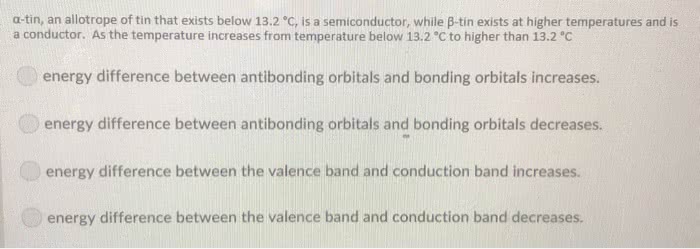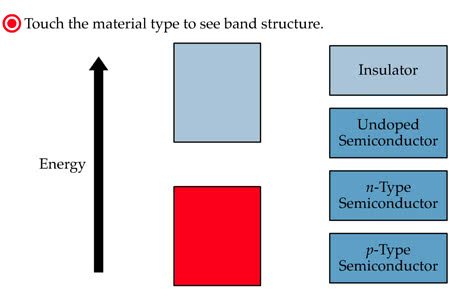Chemistry 1301A/B Chapter Notes - Chapter 2.5: Electronic Band Structure, Atomic Orbital, Intermolecular Force
Document Summary
Insulator does not conduct electricity: metal: conducts electricity, semi conductor has properties that lie between metal and insulator. In li2, there is an atomic orbital of lower energy and an atomic orbital of higher energy. Intermolecular forces: non covalent interactions between molecules, these are the forces that molecules must overcome to change from a solid to a liquid to a gas. Dipole-dipole interactions: attractive force between the permanent dipoles of two polar molecules (10- 25kj/mol: they arise when dipoles in adjacent molecules are aligned so the partial positive and partial negative charges are close together, these forces are much stronger than dispersion forces. Ion dipoles occur between ions and polar solvents. Ionic bonds are electrostatic forces between permanently charged ions: there are much stronger than forces in dispersion as well as between permanent dipoles, therefore they should not be considered intermolecular forces (>400kj/mol)



